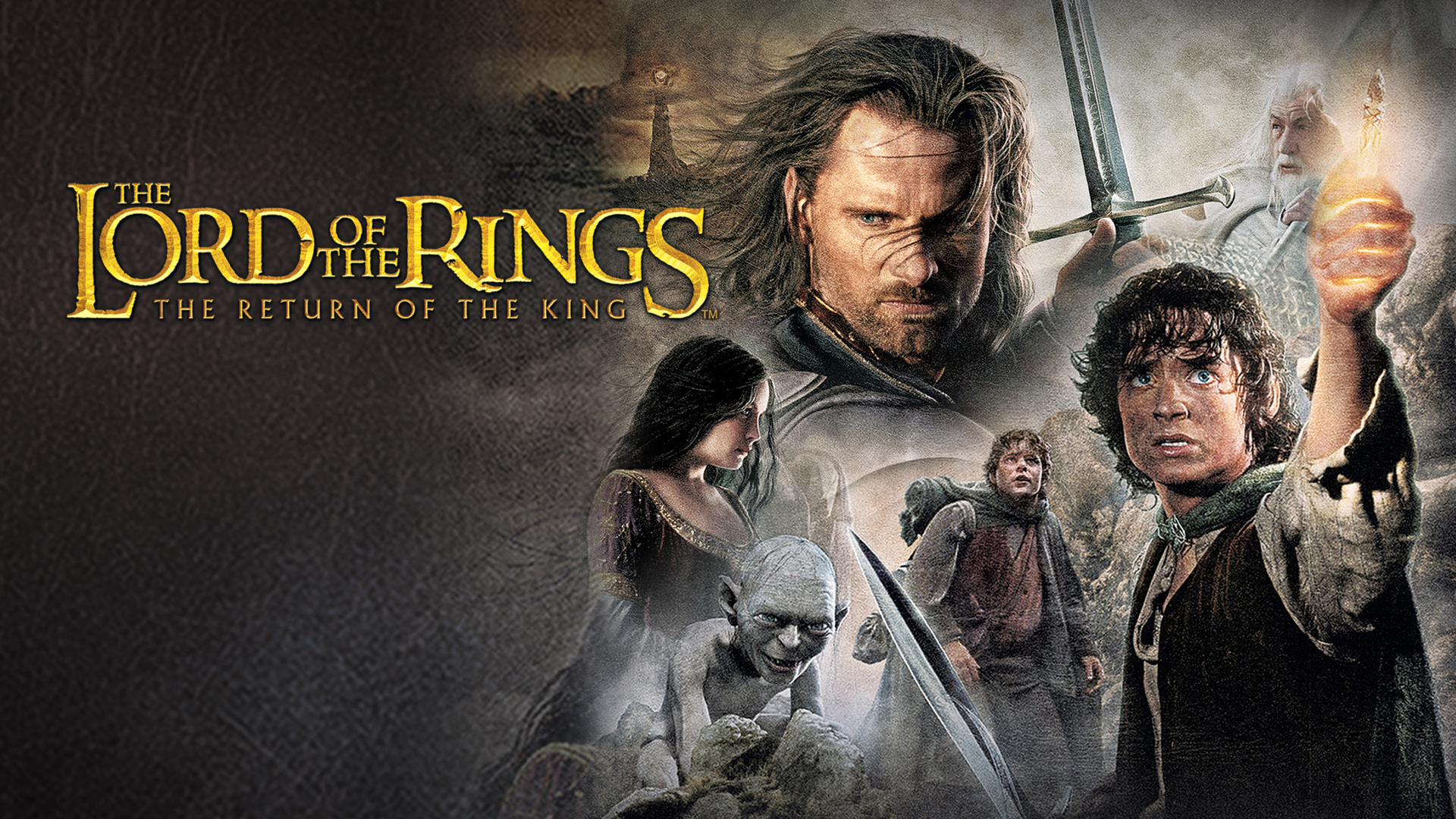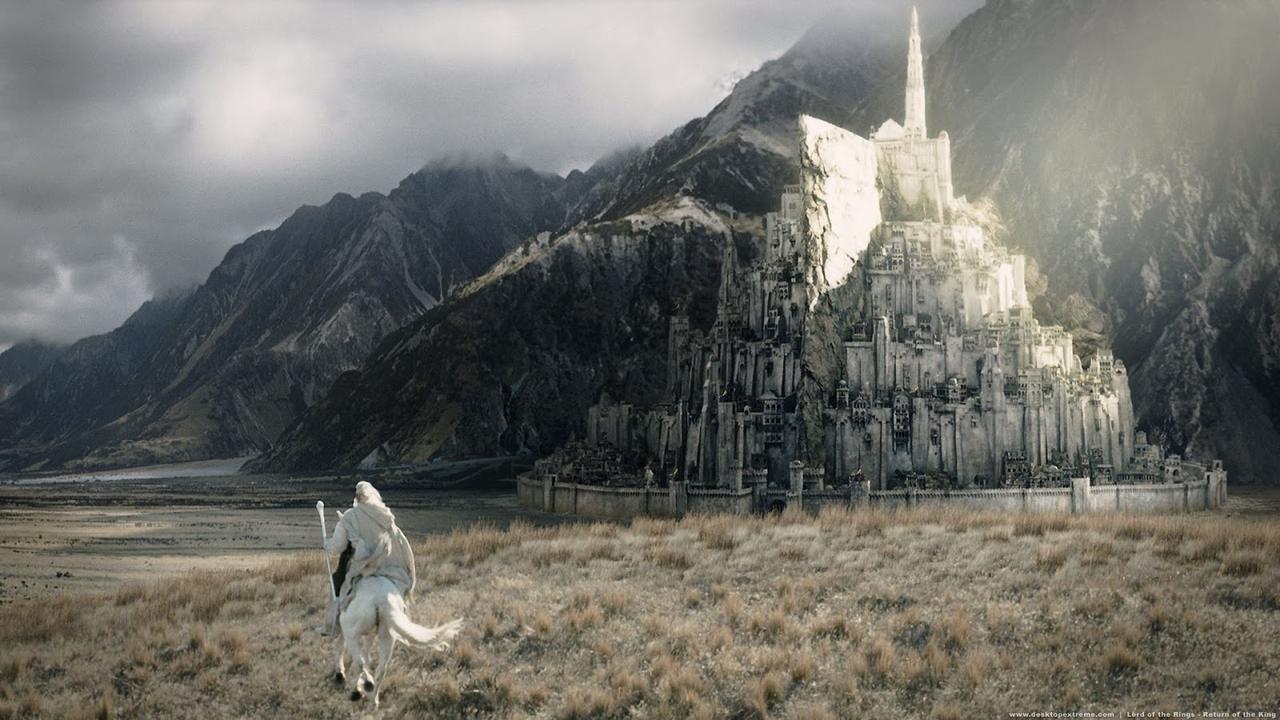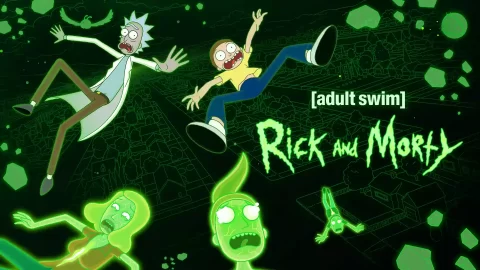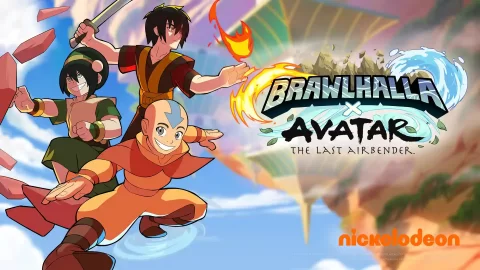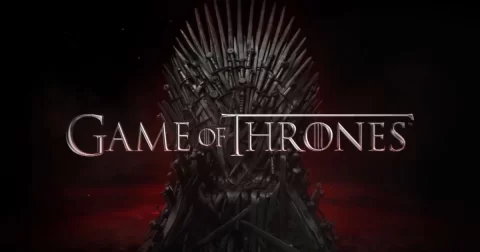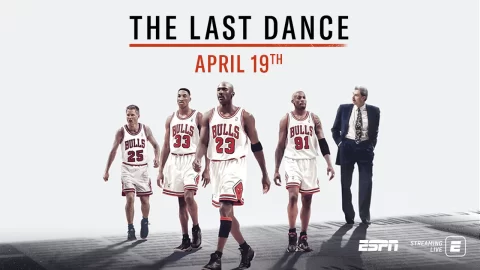The Lord of the Rings: The Return of the King, directed by Peter Jackson and released in 2003, is the third and final installment of the epic The Lord of the Rings film trilogy. Based on J.R.R. Tolkien’s classic novel, this film brings the series to a grand and emotionally powerful conclusion, celebrated for its compelling storytelling, stunning visual effects, and the emotional depth of its characters.
The film continues the intertwined stories of the characters as they approach the final battle against Sauron, the dark lord. Frodo Baggins (Elijah Wood), the young hobbit, along with his loyal friend Samwise Gamgee (Sean Astin), continues his perilous journey to Mount Doom to destroy the One Ring. Guided and protected by the creature Gollum, their journey becomes increasingly treacherous as they get closer to the heart of Sauron’s realm, and the Ring’s corrupting influence grows stronger.
Meanwhile, the other members of the original Fellowship of the Ring contribute to the war effort in various ways. Aragorn (Viggo Mortensen), revealed to be the heir to the throne of Gondor, embraces his destiny as a leader. Along with Legolas (Orlando Bloom), Gimli (John Rhys-Davies), and the wizard Gandalf (Ian McKellen), Aragorn rallies the forces of Gondor and Rohan to stand against Sauron’s armies. This culminates in the massive Battle of the Pelennor Fields, one of the film’s most epic and visually stunning sequences.
Aragorn’s journey also leads him to summon the Army of the Dead, bound by an ancient curse, to fulfill their oath and aid in the battle. This supernatural element adds a fascinating layer to the film’s portrayal of Middle-earth’s history and mythology.
One of the central themes of The Return of the King is the idea of hope against overwhelming odds. This is exemplified in the characters of Frodo and Sam, whose deep friendship and resilience are tested to their limits. Sam’s unwavering loyalty and encouragement are crucial in keeping Frodo’s spirit alive as they inch closer to Mount Doom.
The film also explores the transformation of Gollum, a tragic figure torn between his own lost humanity and his obsessive desire for the Ring. His character adds a layer of complexity to the narrative, embodying the destructive power of the Ring.
The Return of the King brings several character arcs to a close, including the redemption of Boromir’s brother, Faramir, and the coronation of Aragorn as the king, signifying the restoration of the throne of Gondor. The romance between Aragorn and the elf Arwen, as well as the relationships among the members of the Fellowship, are also resolved, adding emotional depth to the narrative.
The climax of the film is a masterful interplay of emotion, action, and visual spectacle, culminating in the destruction of the Ring and the defeat of Sauron. The film’s conclusion, with the hobbits returning to the Shire and Frodo departing for the Undying Lands, brings a bittersweet end to the epic journey.
The Return of the King was lauded for its technical achievements and won 11 Academy Awards, including Best Picture. The film is notable for its significant contribution to the fantasy genre, its groundbreaking special effects, and its emotional impact.
The Lord of the Rings: The Return of the King is a triumphant conclusion to a monumental cinematic journey, combining breathtaking visuals with a deep, character-driven story. It stands as a testament to the power of friendship, courage, and perseverance in the face of darkness and despair.


